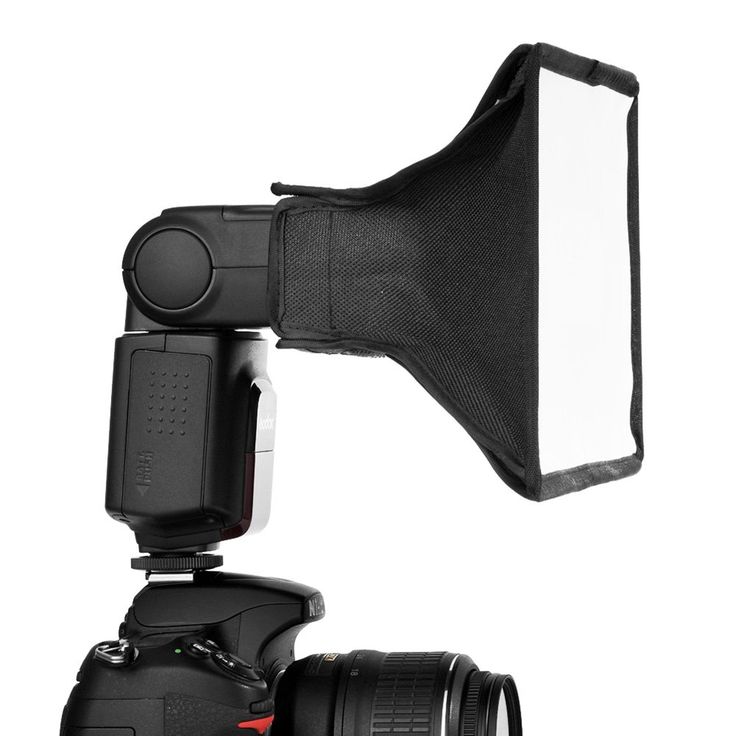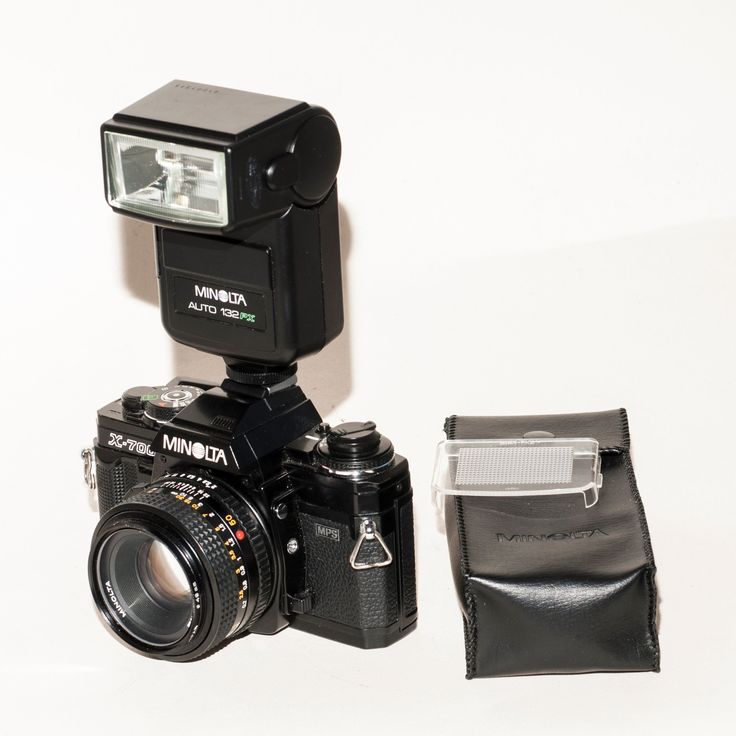The art of photography requires mastering various techniques, and one of the most critical components is lighting. A camera flash serves as an essential tool, allowing photographers to illuminate their subjects effectively. However, not all camera flashes are created equal. Understanding the different types of camera flashes available enhances your photographic capabilities and empowers you to make informed choices for your specific needs.

The Importance of Using a Camera Flash
Using a camera flash significantly improves your photography in various lighting conditions. It provides essential illumination in low-light environments, allowing you to capture crisp, vivid images when natural light isn’t available. A flash can also serve to highlight specific subjects, casting a more favorable light on them against a dimly lit backdrop.
Moreover, flash photography can enhance the overall quality of your photos by neutralizing harsh shadows. This effect is crucial for capturing portraits, where even the slightest shadow can detract from a subject’s features. By understanding how to use a flash effectively, photographers can create more dynamic compositions that engage viewers.
Additionally, certain photography styles, such as macro photography, depend on external lighting to unveil intricate details. A flash can help highlight these subtleties, making your images stand out. With various flash types available, it’s essential to identify which type meets your shooting preferences and requirements.
On-Camera Flashes: Built-in and External
On-camera flashes, or speedlights, attach directly to your camera’s hot shoe. They are compact, easy to use, and provide supplemental light for various shooting scenarios. Built-in flashes come standard with many cameras and are incredibly convenient for casual photographers.
However, built-in flashes have limitations. They often produce harsh, direct light that can create unflattering shadows and overexposed highlights. The fixed positioning of a built-in flash restricts creative lighting options. For serious photography, external flashes offer enhanced versatility.
External speedlights attach to the camera via a hot shoe and often feature adjustable power settings. Several models allow for bouncing or diffusing light, which can help achieve softer lighting effects. These external options afford photographers greater control over their lighting, enabling experimentation with creative compositions.
By using an external flash, photographers can position it away from their camera. This practice creates more dynamic lighting setups, allowing for various techniques, such as off-camera flash and multiple lighting setups in a studio environment. For those seeking professional-quality results, investing in an external flash proves to be a significant advantage.

Continuous Lighting vs. Flash Photography
Understanding the differences between continuous lighting and flash photography is essential for optimal results. Continuous lighting provides a consistent source of illumination, allowing photographers to see how light interacts with the subject in real time. This approach makes it easier to gauge exposure and adjust settings accordingly.
However, continuous lighting tends to generate heat, which may lead to discomfort for subjects during long shoots. The equipment may also be bulkier, limiting its use in portable setups. Moreover, continuous lighting often struggles in low-light situations, whereas a flash effectively penetrates darkness, creating well-lit images quickly.
Flash photography, on the other hand, freezes motion and captures ephemeral moments with crisp clarity. The short duration of the flash allows for high-speed photography without motion blur. Photographers working with moving subjects—whether in sports, wildlife, or event photography—find flashes instrumental in achieving stellar results.
Although both methods have advantages and disadvantages, choosing between them ultimately depends on your shooting style and objectives. For versatility, many photographers integrate both techniques into their workflow, striking a balance between sustained lighting and dynamic flash.
Types of Flashes: Understanding Guide Numbers and Power
The guide number (GN) measures a flash’s output in terms of distance and power. It indicates how effectively a flash can illuminate a subject at a given distance. Understanding guide numbers is crucial for selecting the right flash for your needs and ensuring proper exposure.
Flashes with higher guide numbers produce brighter light, allowing you to shoot subjects from greater distances. For instance, a flash with a guide number of 60 can illuminate a subject effectively up to 60 feet away at ISO 100. This power becomes essential for photographers who frequently shoot in larger venues, where distance plays a significant role in getting the perfect shot.
However, higher power and guide numbers often come with larger, more complex flash units. While these units can deliver exceptional results, they typically require more skill and experience to handle. Conversely, lower-powered flashes are lightweight and portable, making them great for everyday photography, but they may not provide sufficient illumination for elaborate setups or events.
In selecting a camera flash, consider your typical shooting scenarios and choose one that aligns with your needs. Understanding guide numbers and evaluating your usual distances can ensure that you get the most out of your flash.

Specialized Flash Types: Ring Flashes and Studio Strobes
While standard on-camera flashes serve many purposes, specialized flash types cater to specific photography styles. These include ring flashes and studio strobes, each offering distinct advantages that can enhance your creative workflow.
A ring flash mounts around the lens of the camera, producing even, diffused lighting directly at the subject. This type is particularly useful in macro and portrait photography, as it eliminates harsh shadows and highlights facial features or fine details of small objects. Photographers often use ring flashes to create striking images with a soft, glowing look.
On the other hand, studio strobes are powerful flash units designed for professional studio settings. They deliver more significant output than standard flashes and are often paired with softboxes or umbrellas. This combination creates beautiful lighting that flatters the subjects while minimizing harsh shadows.
Studio strobes allow for extensive control over exposure and light modifiers, catering to high fashion, product, and portrait photography. Although studio strobes require a significant investment and a proper setup, they produce results that rival those achieved by advanced lighting rigs.
Wireless and Remote Flash Options
The advent of wireless and remote flash technology has transformed how photographers work with light. Traditional methods often required cumbersome cords that limited mobility and creativity. Manufacturers now produce flashes capable of communicating wirelessly with cameras or other flashes, allowing for greater flexibility in setups.
Wireless flashes enable off-camera positioning, empowering photographers to manipulate light creatively. Adjusting angles, heights, and distances reveals unique light patterns and compositions. Photographers often utilize remote triggers or smartphone apps to synchronize flashes with their cameras seamlessly.
This technology supports multi-flash setups, essential for complex lighting scenarios. For example, when photographing events or staged scenes, having multiple flashes positioned strategically saves setup time and enhances the overall quality of the images captured.
Moreover, wireless flash systems often include powerful features such as adjustable output levels, enabling you to fine-tune your lighting. Investing in these advanced systems opens a world of creative possibilities, whether you’re a professional photographer or an enthusiastic hobbyist.

Flash Modifiers: Creating the Perfect Light
Flash modifiers play a vital role in shaping the quality of light produced by your flash. These accessories adjust the harshness of the light source, creating a more pleasing effect for the subject. Understanding different modifiers allows photographers to achieve specific styles and moods in their images.
Common modifiers include softboxes, umbrellas, and diffusers. Softboxes enclose the flash and diffuse the light, creating a softer quality. This setup reduces harsh shadows, making it ideal for portrait photography. Umbrellas serve a similar purpose but reflect light outward, enhancing its spread across the scene.
Diffusers, such as pop-up diffusers or attachment modifiers, help scatter light from the flash to soften its impact. By using fabric diffusers or colored gels, photographers can introduce atmospheric effects and color tones, enriching their visual storytelling.
Choosing the right modifier depends on your shooting situations and personal preferences. Experimenting with various modifiers allows you to discover what suits your style while helping you create flattering and beautiful images. With proper knowledge and the right modifiers, you can take your flash photography to new heights.

Conclusion: Selecting the Right Flash for Your Photography Needs
Selecting the right camera flash involves understanding the different types and their capabilities. From on-camera flashes to studio strobes, each serves unique purposes, enhancing specific photography styles.
Evaluate your shooting needs, whether you primarily shoot portraits, action shots, or macro photography. The guide number, specialized flash types, and available modifiers will help you create striking images in various conditions.
As you enhance your skill set and understanding of flash photography, consider experimenting with both wireless technology and light modifiers. These advancements in flash technology allow for exciting possibilities that can transform how you approach your work.
Investing time and resources in the right flash can propel your photography to new levels. Embrace the myriad of options available and choose a flash that aligns with your personal style and the demands of your craft. In doing so, you will not only improve your skill but also elevate the joy you find in capturing stunning images.